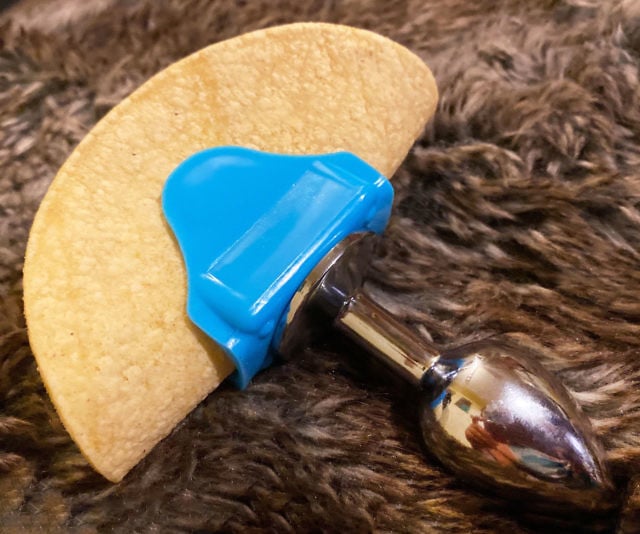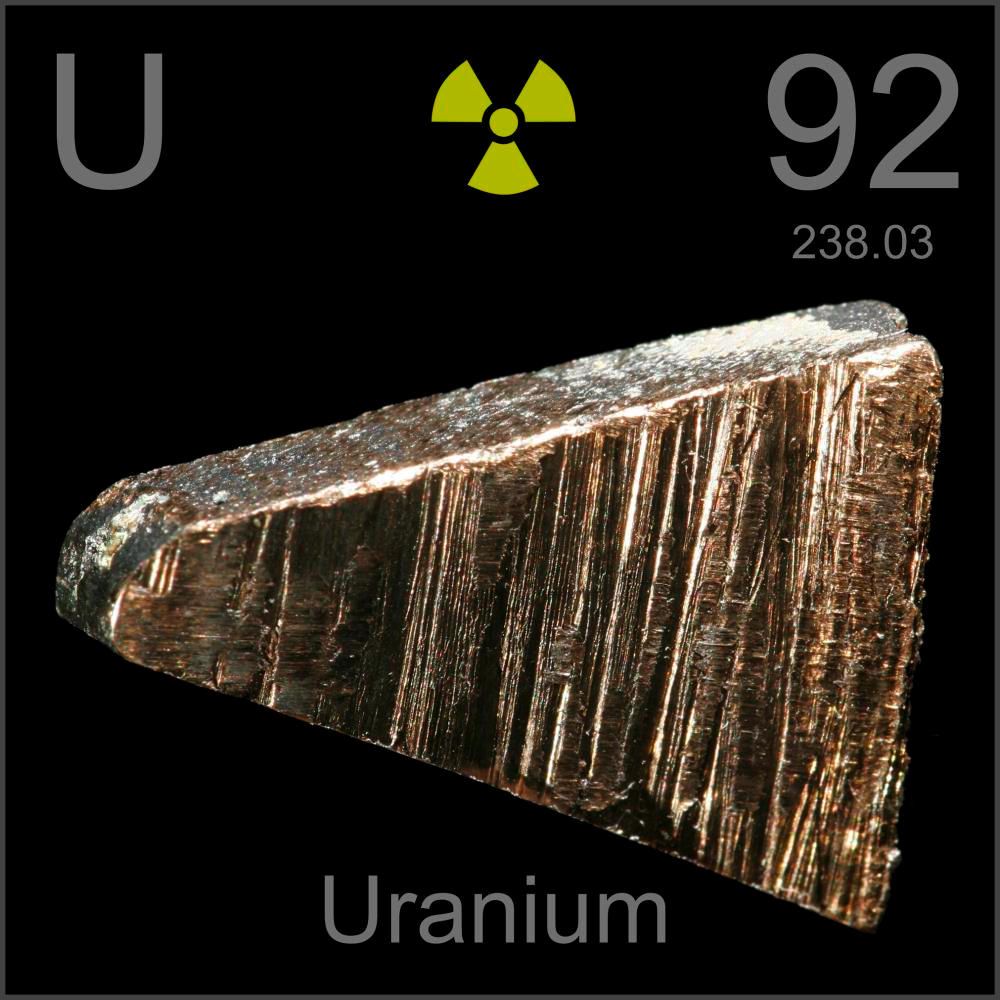- cross-posted to:
- [email protected]
- cross-posted to:
- [email protected]
We like to denigrate manufactured housing, but new units are better for the environment.
This story was supported by the Economic Hardship Reporting Project.
About 22 million Americans live in mobile homes or manufactured housing, according to the U.S. Census Bureau, and as the housing crisis continues to worsen in places like Arizona, California, and New York, that number could go up.
But for some, mobile homes conjure up an image of rusting metal units in weed-choked lots, an unfair stereotype that has real consequences — advocates argue that mobile homes are not only a housing fix but could also help with the climate crisis.
According to Andrew Rumbach, a senior fellow at the Urban Institute, mobile homes are a good solution with a bad reputation.
It’s unfair, he said, because the residents of mobile homes are often hampered by restrictive zoning laws that make it hard to upgrade maintenance and care of the structures. These zoning laws also have put communities at risk for climate-related disasters, which explains why so many mobile home parks are in floodplains.
“It’s not the home itself that often makes mobile homes vulnerable,” said Rumbach. “It’s actually the fact that we sort of stuck the poor away in these places that makes them vulnerable.”
A report by the Niskanen Center, a nonprofit public policy organization, echoes Rumbach’s research. The report found that mobile homes have consistently been an affordable and underutilized solution that meets the housing needs of low- and moderate-income people.
Newer models can also be a low-carbon solution as these prefabricated homes, which are built in large pieces for easy assembly, can include things like heat pumps and solar panels, in contrast to older models that relied on propane or natural gas. Older models can also be eligible for retrofits to make them more energy efficient and climate-friendly.
“They’re a pretty terrific solution,” said Rumbach. “Unfortunately, by law, in many places in the country [mobile homes] are not allowed to be placed anymore because there is such a cultural stigma.”
The Eastern Coachella Valley in California is one place where mobile home parks and residents have been consistently overlooked by public officials. People in the majority Latino area grapple with getting access to necessities like electricity and clean water. Arsenic was found in the water supply and is a persistent issue.
But despite that, there is also an incredible sense of community among the residents of informal mobile home parks in the area, according to Jovana Morales-Tilgren, a housing policy coordinator at Leadership Council for Justice and Accountability, a California nonprofit focusing on underserved rural communities.
The parks were originally built for migrant farmworkers and today they operate without a permit, which means federal agencies and local governments don’t have official recognition that they exist. So if there’s a disaster, that makes it harder to get federal relief, and if there is a municipal upgrade, it doesn’t happen in those communities.
“They do have a lot more issues than regular mobile home parks,” said Morales-Tilgren. “Many of them don’t have weatherization, insulation. Many were built more than 20, 30, 40 years ago. And so they do have a lot of issues.”
Mobile homes can be roughly categorized into two sections: older homes that predate the Department of Housing and Urban Development’s rules in 1976, and newer, prefabricated homes that often are greener, more efficient, and better functioning than some traditional homes.
When Tropical Storm Hilary hit Southern California last month, residents in the unpermitted mobile home parks were trapped, because a power outage meant that residents had to sleep in their cars to get access to air conditioning.
“[Mobile homes] are not equipped to handle those extreme weather events,” said Morales-Tilgren.
This is especially an issue because a large portion of people that live in the area are low-income people of color who are undocumented, according to Morales-Tilgren. Consequently, people lack access to resources needed to recover from large flooding events like the kind that Hilary brought.
Another key issue: Mobile home parks, both permitted and unpermitted, are reliant on their own infrastructure. In other types of housing, such as apartments or single family homes, a municipality is usually in charge of providing electricity, water, sewage, and tree maintenance. But in mobile home parks, residents are reliant on owners to provide those services.
In addition, once extreme weather happens, residents are often caught in the grip of the confusing bureaucracy of the Federal Emergency Management Agency, or FEMA. While mobile home parks can vary wildly, the main distinction that the agency makes is whether or not people own or rent the land underneath the home.
A 2021 study published in the journal Frontiers found that there are numerous barriers to accessing resources, such as money from FEMA, for vulnerable populations in the wake of a flood-related disaster. Affordable housing units were affected more, and often the number of units did not bounce back to pre-disaster levels.
Additionally, mobile home residents are often at risk of being evicted in the aftermath of disasters that might displace them from their homes. This can fuel housing instability because mobile homes tend to be located in climate-vulnerable areas like floodplains, according to Rumbach.
“Around the country, you see a disproportionate amount of mobile homes located in hazardous areas,” said Rumbach. “The demand is being driven by a segment of the housing market that’s looking for lower costs. And as a result, you see a lot of manufactured housing being placed into relatively climate-vulnerable places, because that land tends to be a little bit less valuable.”
On the other side of the country, though, mobile home owners in Ithaca, New York, have been the beneficiaries of a pilot project aimed at retrofitting mobile homes in the area to be more climate-friendly.
Mobile homes are made to lower standards. They have shit for insulation, the wood is thinner…all around, they are made cheaply. Manufactured housing though, has a good shot at being better for the environment because they can produce them with much less waste.
Produced with less waste, but in 50 years they ARE waste.
50 years is pretty optimistic given the history of climate change.
Not that I disagree but that kinda of mentality is how we got here imo. “That’s a problem for the future.”
yeah but…. don’t they not last nearly as long?
They may use less resources to make but I see them using more resources long term when you take into account heating and cooling with crappy insulation.
Manufactured housing though, has a good shot at being better for the environment because they can produce them with much less waste.
There’s a place near me that makes really nice manufactured homes that are indistinguishable from a traditional home built on site. The downside is that they cost about as much as having a home built on site. Housing is inherently expensive, and the land under the housing can be so expensive that the housing itself is a rounding error on the cost (looking at you Los Angeles!)
The best things for housing affordability is building right size housing (I don’t think you truly need 2000+ square feet, Karen), and building more row houses, duplexes, quadplexes and other small apartment/condo buildings
Manufactured housing is, essentially, disposable housing. It doesn’t hold up to the same standards as housing, and if it did, there wouldn’t be a need for a special classification.
My home was built in 1951, 72 years ago. Still solid, still livable.
Mobile homes?
https://www.mobilehomesell.com/why-do-mobile-homes-depreciate
“Keep in mind that according to national regulations, mobile homes are usually considered to be habitable for 55.8 years more or less.”
and:
"Unlike “built” homes or real estate, mobile homes depreciate in value similar to other types of private property. This is largely because of the way in which they are constructed and their mobility.
A certain decrease in valuation due to depreciation is inevitable. This begins to apply as soon as you buy your home. In general, mobile homes depreciate at about 3-3.5% a year. Working out how much your manufactured house has depreciated can help you to fairly accurately determine the current value of your home.
For example, a home that originally cost $50,000 will be worth $ 41,000 after six years."
So you burn a bunch of carbon resources making housing that’s going to be worthless and in a landfill in 50 years.
How is that “better for the environment”?
There is a big difference between manufactured housing and mobile homes. Mobile home/Trailers are shit, plain and simple. Manufactured homes and homes built using the same material that a comparable house would use, but it’s made it pieces at a factory in a controlled environment to then be shipped to site where it is assembled.
Not according to banks, which is all that counts.
I grew up in trailer parks. I’m not interested in going back.
Yup. I’ll live in a treehouse before that.
Did you ever worry about creepy shit underneath the floor? I would low-key obsess over it as a kid.
Multi-floor condos and apartments would be better still.
with retail on bottom and offices on top
HOA (rent) fees are always too high. Also, mobile homes are the first to go in any natural disaster.
If something is affordable to poor people, then you can’t signal your wealth by having it.
They are “affordable” to poor people because they are flimsy and depreciate in value over time.
Is it weird that I’ve never cared about wealth signaling?
Cared in what way?
The southerner in me balks at this on the grounds of TORNADOES EXIST AND FUCK THESE HOMES UP, BIG TIME. With worsening climate events, they’re toast. Sure, they started making them a little more hurricane proof, but if they cut corners (they will), shit’s gonna hit the fan.
Yup, they are not stable enough to withstand wind events and will float away in floods even if ancored to the gound. Maybe if you put one on a real solid foundation, but most of the ones in my area are placed on cinderblocks stacked under each corner with some plastic skirting slapped up around it.
I’ve spent a good amount of my life living in mobile homes of various ages and yeah the newer one’s are nicer, but I still had the feeling I was living in a particle board box what was one disaster away from collapsing like a house of cards.
“Could be a solution”. Could be isn’t the same as is.
Puttin a diesel engine on every home is a solution? Lol
Not RVs, trailer park homes. They’re technically mobile but often settlebwhen placed and can fall apart if you move them so they’re better thought of as tow to site factory made homes.
We need to make them stackable so you can quickly and cheaply build multi story apartments
Hey isn’t that what happened in Ready Player one?







